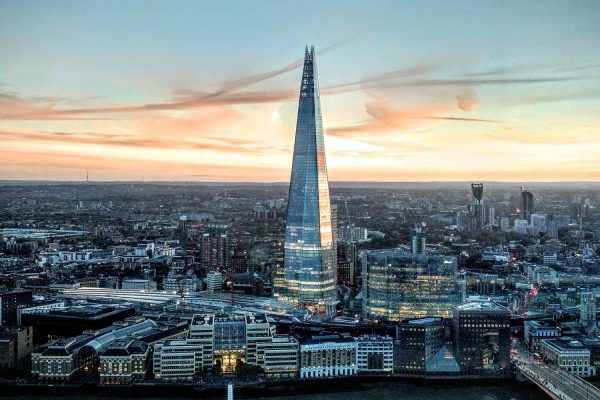
The Economist reports about the same phenomenon I — per Andrew Sullivan — have been calling Europe’s “blue-red culture war”. They argue that the divide in Europe and North America is between people who want to pull the drawbridge up and those who want to throw it down.
From Warsaw to Washington, the political divide that matters is less and less between left and right and more and more between open and closed. Debates between tax-cutting conservatives and free-spending social democrats have not gone away. But issues that cross traditional party lines have grown more potent. Welcome immigrants or keep them out? Open up to foreign trade or protect domestic industries? Embrace cultural change or resist it?
In Poland, for example, the nominally conservative Law and Justice party is actually less laissez-faire than the centrist Civic Platform.
Marine Le Pen in France and Geert Wilders in the Netherlands are economic nationalists as well.
Donald Trump is transforming America’s Republican Party in a similar way. His appeal is that he promises to shelter workers from foreign trade and defend entitlement programs like Medicare and Social Security from budget-cutting conservatives in Washington.
Realignment
This means Trump is in some ways closer to the left-wing Bernie Sanders than he is to members of his own party.
Meanwhile, non-Trump Republicans share views with mainstream Democrats on immigration and trade, as I wrote here last week. They are the “drawbridge down” crowd, or “blue” voters in Sullivan’s terminology.
It’s too early to tell if this divide will prove so permanent as to lead to a party realignment in the United States.
In Europe, where the party system is often less rigid, we can already see such realignments.
Imitation
As I recently argued in a report for Wikistrat, a crowdsourced consultancy, mainstream parties are either taking sides or trying to bridge the divide.
Mark Rutte’s liberals in the Netherlands have adopted some of Wilders’ anti-immigrant and Euroskeptic views. France’s Nicolas Sarkozy similarly believes his center-right Republicans must win (back) voters from Le Pen’s Front national.
Sarkozy’s opponent for the presidential nomination, Alain Juppé, by contrast, argues that the party must position itself in the center of French politics and win over disillusioned Socialists.
Angela Merkel’s Christian Democrats are similarly torn between their internationalist instincts and the increasingly inward-looking views of their supporters in the country.
Structural causes
The Economist recognizes that the structural causes of the blue-red divide are demographic and economic change.
Much of this, in turn, is due what we call globalization: people and jobs move across borders, (language) skills and degrees have become more important while attachment to the nation has weakened.
As I wrote here the other day, this has all been great if you’re well-educated and worldly. It looks less glamorous if you’re a factory worker or a truck driver and your job could be moved to Mexico or given to an Eastern European when you still have a family to support.
Generational change
The Economist is optimistic about the future, given that young voters, who tend to be better educated than their elders, have more tolerant attitudes.
millennials nearly everywhere are more open than their parents on everything from trade and immigration to personal and moral behavior.
Even if they become more conservative as they grow older and start families, they should still be more liberal by the time they reach the age of their parents.
Especially as young people flock to cities and are growing up used to heterogeneity.
But in the meantime, the drawbridge-raisers can do great harm.
The consensus that trade makes the world richer; the tolerance that lets millions move in search of opportunities; the ideal that people of different hues and faiths can get along — all are under threat.
New social compact
The challenge — as I argued in my Wikistrat report — is developing a new social compact, one that gives all voters a sense they are sharing in the twenty-first century’s prosperity.
The twentieth-century compact was built on strong trade unions, lifetime employment and employer-tied health and pension plans. The new one will have to be more flexible; designed around people rather than their jobs.
I don’t profess to know exactly what it should look like, nor do I claim that it will mend the blue-red divide overnight once we figure it out. But it does seem to me that, short of total victory for either side and utter disillusionment for the other, it’s our only way forward.
